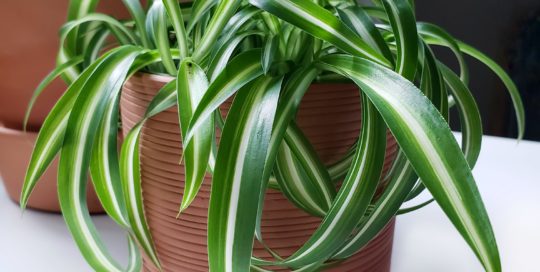If you’re looking for a low-maintenance, easy to grow, and unique houseplant, a succulent is the perfect solution. Learning how to grow cacti and succulents is so simple, it’s no surprise they’re the darlings of the houseplant world. With very little effort, they will reward you with a display of unusual shapes, colors,and textures. These houseplants are so popular that you can find them all over – at big-box stores, garden centers, and even grocery stores.
Succulents also go a long way to brighten your home during the winter months. It’s freezing in Chicago, but the rainbow hedgehog cactus, jade plants, and aloes on my windowsill remind me that spring is coming.
While many indoor plants require high humidity and frequent watering, cacti and succulents can endure drought and thrive indoors. Since they store water in their leaves,you don’t need to water them as often as other houseplants. Give them good light exposure – like a south-facing window or one that gets at least four hours of sun a day – and they’ll put on a show.
Cactus or Succulent?
All cacti are succulents, but not all succulents are considered cacti. In fact, succulents refer to many plants, including the popular cacti, aloe, crassula, kalanchoe, haworthia, sansevieria, sedum, and echeveria. One thing that sets cacti apart from other succulents is the presence of areoles: small, specialized spots from which hairs, spines, branches, or flowers grow. The spines may be thorny or barbed, so I always recommend using a pair of tongs to hold the cactus when repotting one.

Kalanchoe succulent photo by Nina Koziol
Many cacti and succulents alike have strange yet memorable names, such as the rat tail cactus, lady finger cactus, living rock cactus, zebra cactus, baby’s toes, pillow plant, and hens and chicks. Succulent leaves also have intriguing shapes, colors, and textures. They can be smooth, hairy, wooly, chunky, rubbery, spiky, or slender. Succulents offer a wide range of colors even if they don’t always flower. Cacti flowers last one to three days before they wither and fall, while Christmas cactus flowers last for many days and the plant continues to provide blooms over a period of weeks.










